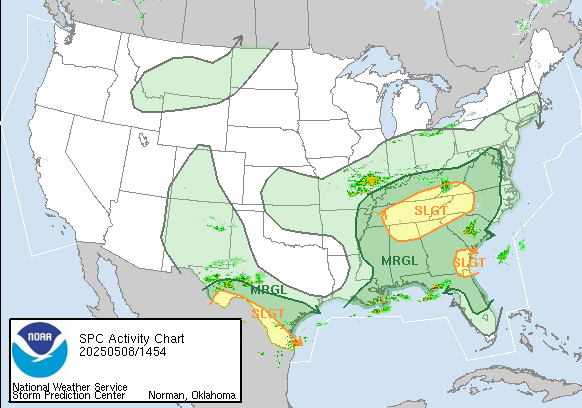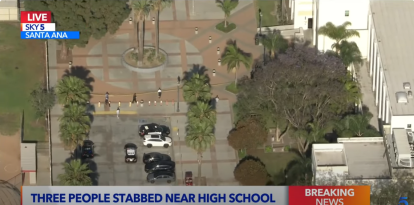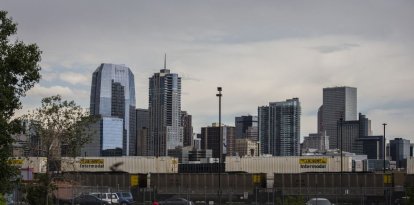Lunar eclipse and blue supermoon dazzle United States, South America, Africa and Europe
The celestial phenomenon was visible during Tuesday night. Inhabitants of Texas, New York, Los Angeles, Beijing, Brazil and Chile were among the lucky people who were able to enjoy this event.

The Harvest Supermoon during a partial lunar eclipse in Forth Worth, Texas
Overnight from Tuesday to Wednesday, some lucky people from different parts of the world (including North America, South America, Africa and Europe) were able to witness firsthand the second of the blue supermoons that will be visible in the coming months and which, this time, was accompanied by a partial lunar eclipse.
The celestial phenomenon, which could be seen across the country as well as in Beijing, Chile, Brazil and Spain (among many others), allowed Earth’s satellite to look much larger and up to 30% brighter, as explained NASA recently.
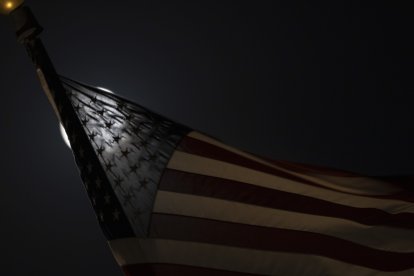
Supermoon passes through partial lunar eclipse behind an American flag in Fort Worth, Texas
This event also coincides with the Harvest Moon, the name astronomers gave to the full moon that occurs in the month of September and is so named because it takes place in the 30 days when, traditionally, farmers harvest their crops.
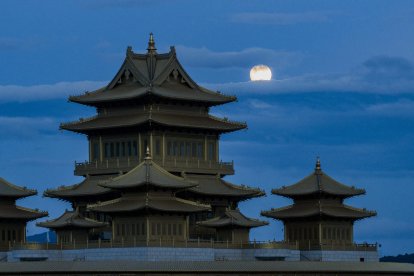
A photo taken by a drone on Sept. 17 shows the moon rising over Fenghua district, China
This blue supermoon was also the second of four astronomical phenomena to be recorded this year.
The first, which coincided with the Sturgeon Moon, took place on Aug. 30, while the other two blue supermoons will be visible in October and November.
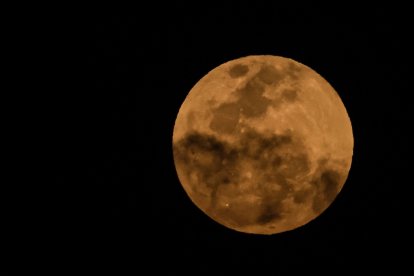
A blue supermoon appeared in the sky over the city of Belo Horizonte, in Minas Gerais, Brazil
Following this celestial event, astronomers predict that the third blue supermoon will be visible on Oct. 17. This will also be the largest and fullest that can be observed in 2024, according to what the head of NASA's Planetary Geology, Geophysics and Geochemistry Laboratory, Noah Petro, told CNN.
The scientist explained that this optical perception will be due to the satellite's distance from Earth. "The moon will be about 62 miles closer to Earth on Oct. 17," he said while reporting that the last blue supermoon that will be visible this year will be during the night of Nov. 15.
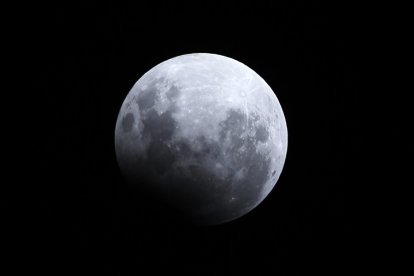
View of the lunar eclipse in the city of Fortaleza, Brazil
RECOMMENDATION


